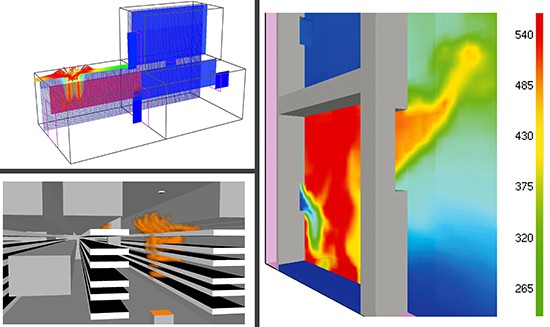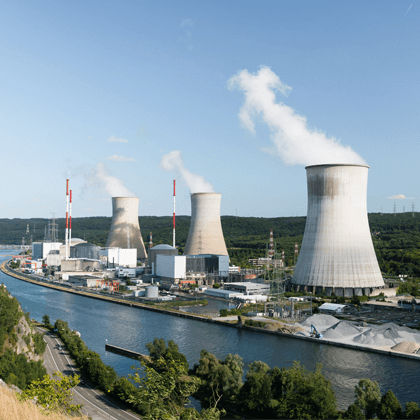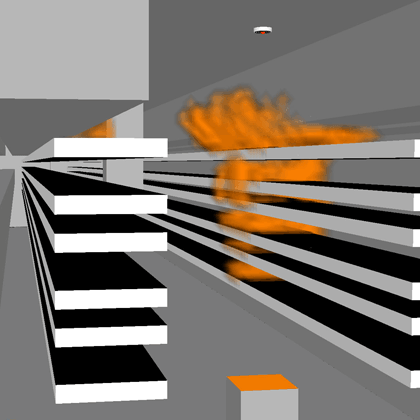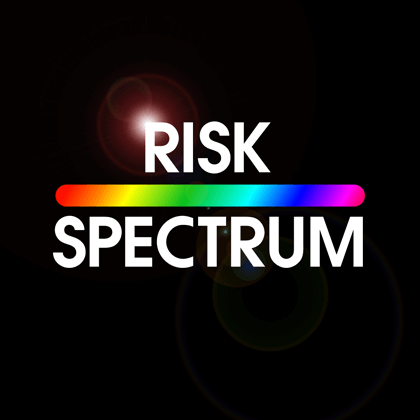
Fire Dynamics
Physical fire tests help to predict the fire behaviour and spread and understand the dynamics of fire development, close to real-world conditions. However, conducting such tests can be laborious and expensive.
A more pragmatic and realistic approach to evaluate fire hazards and their consequences is through fire modelling or simulations. Fire simulations can be performed using a variety of analytical methods that reflect fire growth and propagation behaviour - from simple closed-form empirical correlations to simplified two-zone models to complex 3D Computational Fluid Dynamics (CFD) combustion models. CFD models provide higher degree of spatial and temporal resolutions in terms of equipment modelling and results interpretation; they are also more realistic in capturing the physical effects of fire occurring in an enclosed volume. Zone models, on the other hand, provide a simplified representation of the fire scenario and can quickly provide approximate results.
Most critical aspects of a fire simulation include: definition of fire parameters (heat release rate, fire duration, etc.), modelling know-how (physical representation of equipment, cables and structures, fire location, ventilation conditions, etc.) and choice of model/software to use. The selection of software depends on various factors like the predictive parameters, computing power, objective of the simulation, etc. The predicted fire-generated conditions from the simulations are a direct reflection of how accurately these aspects are addressed in the model.
Our team has vast experience in developing methodologies for fire modelling based on international guidance such as NUREG-1934, NUREG-2178, NUREG/CR-7010, etc. and performing simulations using Fire Dynamic Tools (FDT, excel based closed-form empirical correlations), Consolidated Model of Fire and Smoke Transport (CFAST, a two-zone model used to calculate the evolving distribution of smoke, gases and temperature in an enclosed compartment) and Fire Dynamics Simulator (FDS, a CFD model of fire-driven fluid flow, which allows detailed depiction of equipment, cable trays and structural elements, and is proficient to model complex non-rectangular geometries).
In a NPP fire risk assessment, the insights from fire simulations are integrated into the Fire PSA to improve the accuracy of the study in terms of determining the realistic time to damage/failure of safety targets from a given fire source.
Fire simulations are also carried out as part of fire safety evaluation of commercial and residential buildings, hospitals, hotels, tunnels, ships, aircrafts, industrial installations such as power plants, process plants etc.
Our team has performed 100+ fire simulations using above mentioned tools for critical areas of NPPs. We can provide cost-effective fire modelling solutions, tailored to specific scenario objectives for different facilities.




